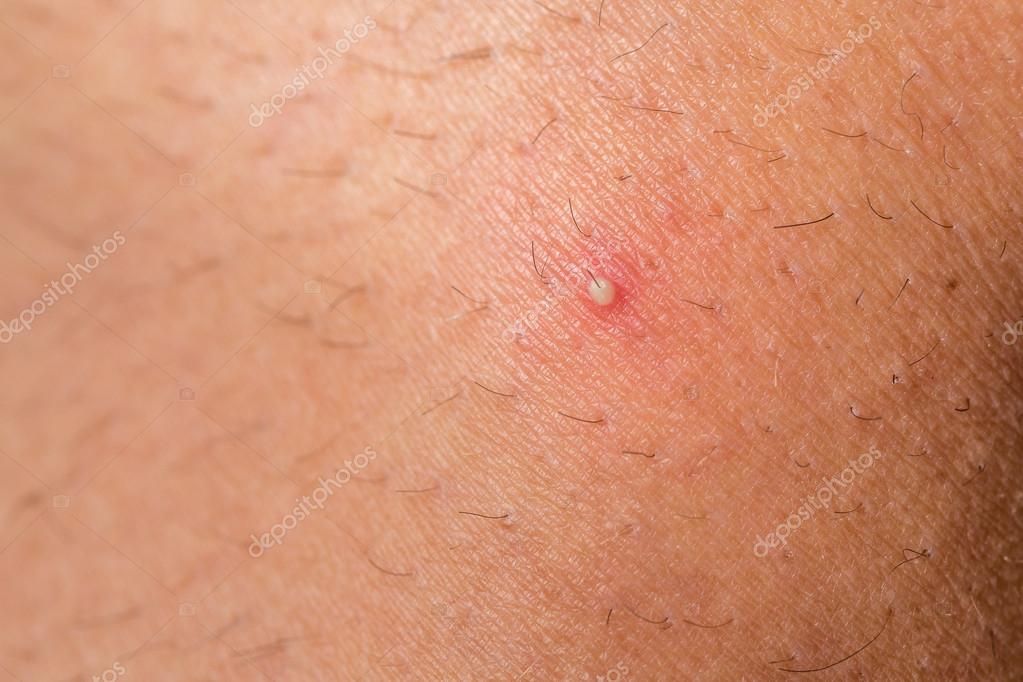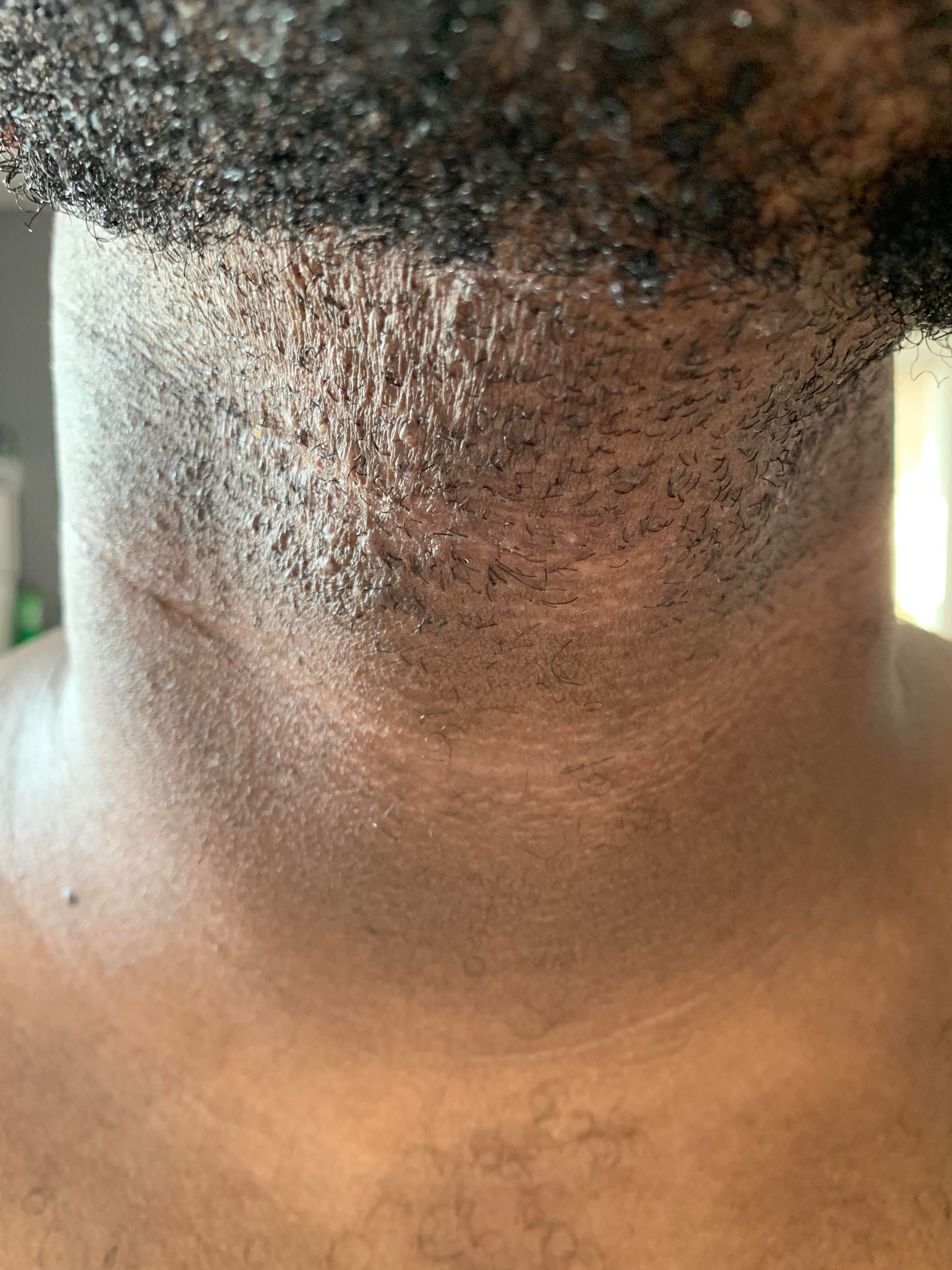Table Of Content

Ingrown hair cysts often show up where your hair is coarse or curly, like in the pubic region. You might be more likely to get ingrown hair cysts if you have coarse or curly hair. The cysts can also form where dead skin cells are blocking hair follicles. If ingrown hairs continue to form, see a healthcare professional to rule out any underlying causes. They may also recommend more permanent hair removal methods, such as laser hair removal, to help reduce your risk of ingrown hairs and bumps.
What’s the outlook for a person with an ingrown hair cyst?
Razor bumps that emerge after shaving, known as pseudofolliculitis barbae, can become pustules, papules, or cysts resulting from ingrown hairs. While some cases resolve on their own, there is a possibility of infection, which requires treatment. If ingrown hairs won’t take a hike, you may need to forgo shaving, waxing or tweezing that area. Consider alternative hair removal options, like laser hair removal.
Owner Reveals Unusual Reason Behind Dachshund's Large 'Bald Patch' - Newsweek
Owner Reveals Unusual Reason Behind Dachshund's Large 'Bald Patch'.
Posted: Tue, 15 Aug 2023 07:00:00 GMT [source]
What are the symptoms of ingrown hair?
An ingrown hair can lead to a localized foreign-body inflammatory reaction, which causes pinpoint red or pink bumps on the skin. Hair structure and direction of growth play a role in ingrown hair. A curved hair follicle, which produces tightly curled hair, is believed to encourage the hair to reenter the skin once the hair is cut and starts to grow back.
How to Prevent Infected Ingrown Hairs
28 Celebrities Who Prove That Underarm Hair Is the Ultimate Show of Confidence - Vogue
28 Celebrities Who Prove That Underarm Hair Is the Ultimate Show of Confidence.
Posted: Mon, 06 Nov 2023 08:00:00 GMT [source]
You may also be at greater risk of developing bumps with ingrown hairs if you have naturally curly hair. Keep reading to learn about the types of ingrown hair cysts, and how to treat and prevent them. In chronic or inadequately treated situations, post-inflammatory hyperpigmentation, scarring, and rare keloid formation may occur.
Charitable Care & Financial Assistance
Applying shaving cream five to 10 minutes before shaving can make the hair softer. This may reduce the sharp hair tips that can become embedded as ingrown hairs. Applying a warm compress prior to shaving can provide these benefits as well. The most effective way to prevent ingrown hairs is to stop shaving.

If infections recur or are severe, you may need medical treatment. Staph infections can spread to the bloodstream and become very serious. They do not go away on their own, so it is crucial to seek medical attention quickly to receive prompt treatment. Staphylococcus is the name for a group of over 30 different types of bacteria. One type of staph that lives naturally on human skin is Staphylococcus aureus.

For example, prescription steroid creams can reduce inflammation, and prescription-strength antibiotic creams can treat the infection. These infections respond well to antibiotics, which a person may take orally or apply topically. In rare cases, an individual may need intravenous antibiotic treatment if the infection has spread throughout their body. Staph is one of the most common reasons for skin infections in the United States each year. These infections are mostly mild, and doctors can often treat them successfully with oral or topical antibiotics. In 2017, there were more than 119,000 cases of bloodstream staph infections.
Are ingrown hairs the same as razor bumps or pseudofolliculitis?
Hyperpigmentation can last for several months or longer after the ingrown hair has improved. If you notice some darker patches of skin, you can apply a topical retinoid which may improve the hyperpigmentation. An ingrown hair occurs when a hair that has been shaved, waxed, or plucked begins to grow back into the skin. In the days before your medical appointment, if possible, stop shaving or using any form of hair removal. Ingrown hair may worsen at first as the hair grows back. Most ingrown hairs will go away on their own without treatment after a few days; though, severe cases may take several weeks.
Find more top doctors on
About 30% of people also have this bacterium living in their nose, although it may not cause symptoms. While cases of staph are becoming rarer in hospitals, they may be increasing in the wider community. Still, it is important to note that the likelihood of acquiring sepsis from ingrown hair is highly unlikely.
It’s believed that razors with at least two edges can also lead to transfollicular penetration. As the first blade pulls the hair up, the next blades cut the hair in a way that causes the hair to go back into the skin after shaving. If you notice one or more of these symptoms, see a physician or health professional for help as soon as possible. What if you’ve tried home remedies, and the ingrown hair just won’t go away?
Whatever the reason may be for wanting or needing to shave, there are other ways to prevent ingrown hairs. Symptoms can start roughly one to two days after you shave or wax. An ingrown hair may look like a small, swollen, raised bump that is the same color as your skin, red, or hyperpigmented (has patches of dark spots).

No comments:
Post a Comment